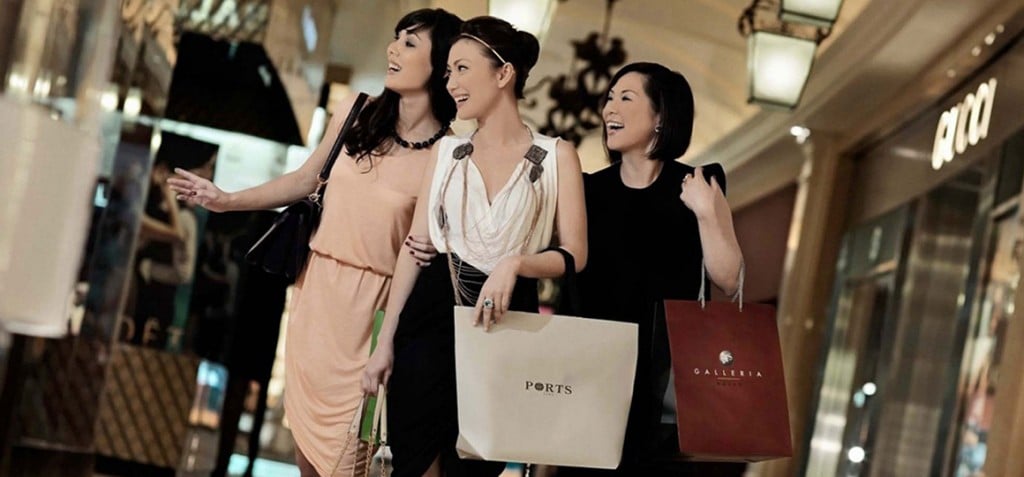China’s Luxury market
China’s Luxury market

As China’s GDP per capita has risen to surpass that of Brazil and approach Russia, a ferocious appetite for luxury goods has followed suit. Newfound affluence among the upper-middle class has created a situation wherein Chinese consumers are now among the world’s leading consumers of luxury brands and goods, and China’s luxury market is the most lucrative in the world. And despite fears that online retailing might dilute the reputation of luxury brands — with the internet’s democratizing power coming into conflict with the desired exclusivity promoted by luxury brands — global luxury retailers are now coming to grips with the massive potential for selling to China in the e-commerce space.
Putting Their Money Where the Luxury Is
Annual spending on luxury goods more than quadrupled from 2008 to 2018, from RMB 152 billion to 770 billion. That number is projected to reach RBD 921 billion by the end of this year, and increase further by 33 percent to a staggering RMB 1.22 trillion. By then, Chinese consumers will account for nearly two-thirds of global luxury market spending.
The explanation for the meteoric rise of China’s luxury market lies in its burgeoning and ever-growing upper-middle class. This slice of China’s social-classes is likely to grow 28 percent from 2018 to 2025, according to Mckinsey. The firm estimates the number of households earning between $2,600 and $3,900 per month will be 350 million in five year’s time. In other words, there will be more members of the Chinese upper-middle class than there are people in the United States. What’s more, the affluent class (households earning more than $3,900 per month) will include 65 million people by 2025.
As Chinese consumers find themselves with more and more disposable income, they will do what humans from the dawn of time have done — look to distinguish themselves from their peers by purchasing luxury products like jewelry, clothing, and perfume. Perhaps most importantly for online retailers, these consumers wielding an ever-bigger wallet will increasingly belong to generations that grew up with e-commerce as an integral part of their lives.
The Next Generation(s) of Chinese Luxury Consumers
Unlike the portrait painted in the West of the monocle-touting gray-haired millionaire luxury consumer, the average age of Chinese luxury consumers is as much as 25 years younger than their global counterpart. Members of the cohorts born in the 80’s, 90’s and afterwards account for nearly 80 percent of annual spending in China’s luxury market. Partly as a result of these generations experiencing newfound wealth in ways that their predecessors could never have dreamt of, Millennials and Gen Zers are less pre-programmed to recognize the heritage and lasting power of iconic brands that came before their ascent. Brands are relatively less important to them when it comes to effecting a luxury purchase as compared to the previous generations, as noted by Mckinsey in its China Luxury Report.
So while the sheer size of the growing affluent classes presents an irrefutably lucrative opportunity for global luxury brands looking to sell to China, the nascence of younger Chinese consumers vis-a-vis luxury brands creates yet another enticing opportunity. Luxury brands that capitalize on grassroots trends and styles can favourably position their products in the minds of younger generations — moulding tastes and creating brand loyalty based as much on the here and now as that which occurred in the past.
The Virtual Champs-Elysées
The projected affluence of the next generations, which have grown up in a virtual world where online shopping is not only common but is the norm, and the growth potential associated therewith is not lost on China’s e-commerce giants. Both Alibaba and JD have sought to create a virtual space where luxury shoppers can feel like they’re getting the luxury experience. The former launched Luxury Pavillion on Tmall in 2017 featuring products from select brands like Burberry, Hugo Boss, LVMH and Maserati. What’s more, to pay homage to the exclusivity factor associated with luxury brands, the Luxury Pavillion platform is invite-only.
For its part, JD.com created its version of a luxury e-commerce platform called Toplife, replete with luxury products from luxury brands, 24-hour one-on-one customer service, and an elevated shipping, tracking and quality inspection service.
The massive future and hitherto growth of China’s luxury market will continue to be underpinned by factors that have market analysts and brands looking to sell to China feeling extremely bullish.
Although the global pandemic has dampened GDP growth the world-over, it has allowed for e-commerce to make further inroads into the everyday life of the Chinese consumer. As younger generations of Chinese consumers continue becoming more and more affluent, and their preference for online shopping grows, the increasingly lucrative opportunities for global brands to penetrate China’s luxury market will continue to present themselves. With the support of the right China marketing agency, brands won’t have to wait until 2025 to realize the full benefits of what China’s luxury market has to offer.
